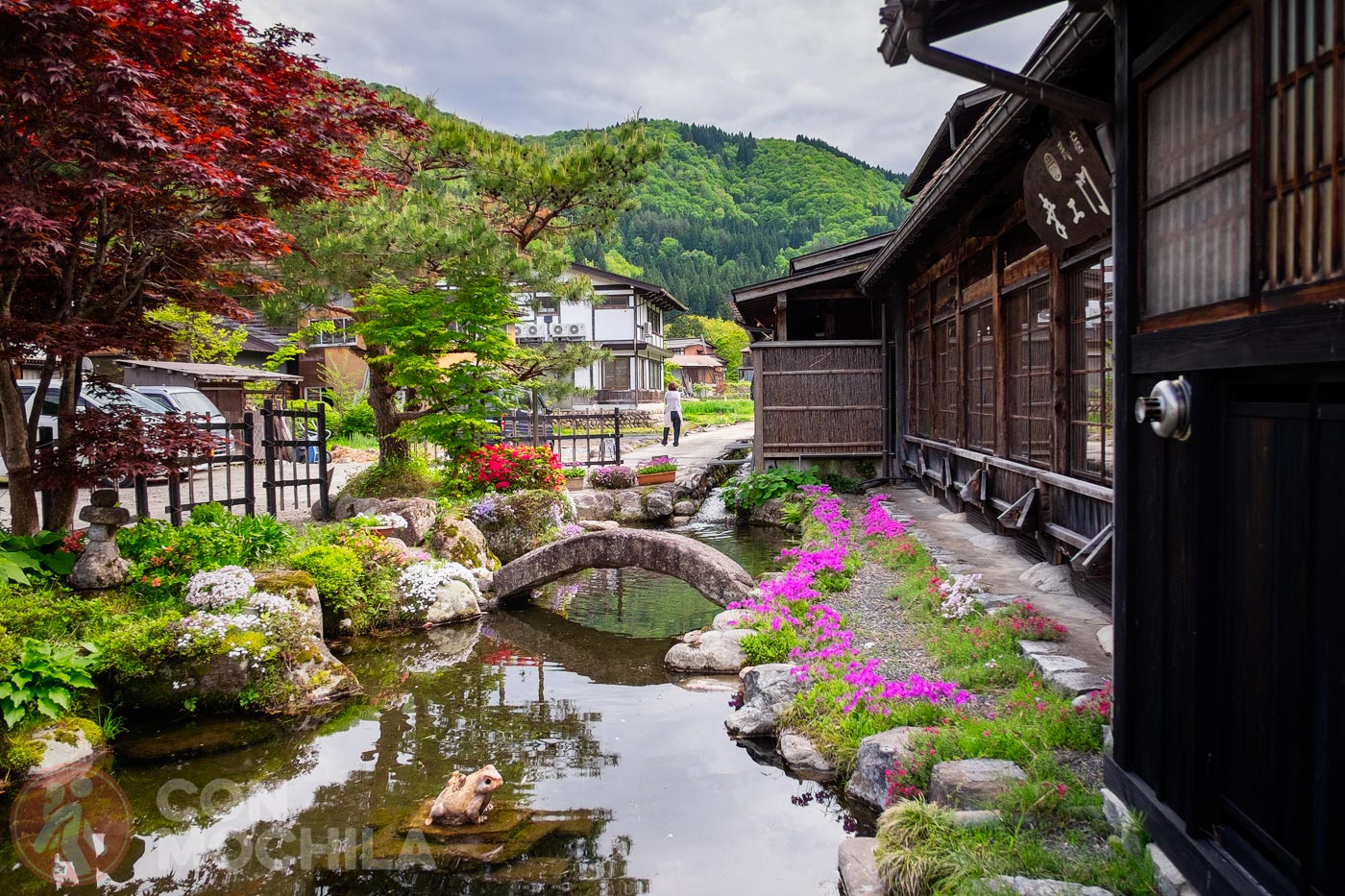Japan is a destination where, outside its big cities, nature hides incredible and photogenic places, including the popular Shirakawa-go. As a mountainous country, its geography is marked by the Japanese Alps, a mountain range that divides the island in two, formed by the Hida, Kisa and Akaishi mountains.
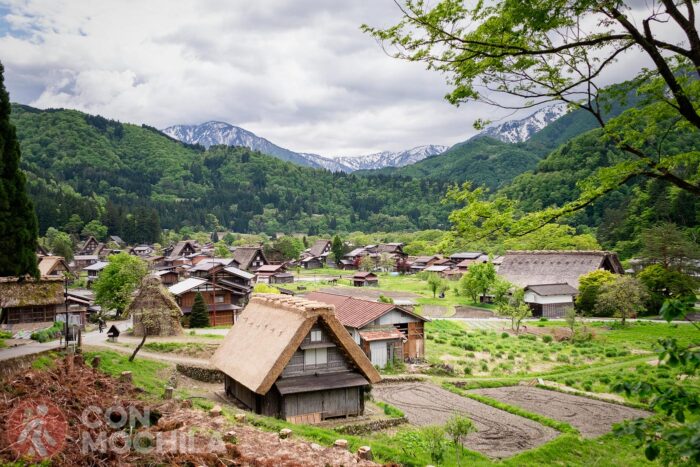
In the Shirakawa and Gokayama regions, mountains and forests occupy more than 90% of territory. There is the “village of the white river”, referring to the Shō River: Shirakawa-go, a village declared a World Heritage Site by UNESCO in 1995 together with its neighbor Gokayama.
It should be noted that this, together with the beauty of the surroundings and its famous traditional houses, has made this village one of those essential places for every traveler, which has inevitably made it more popular.
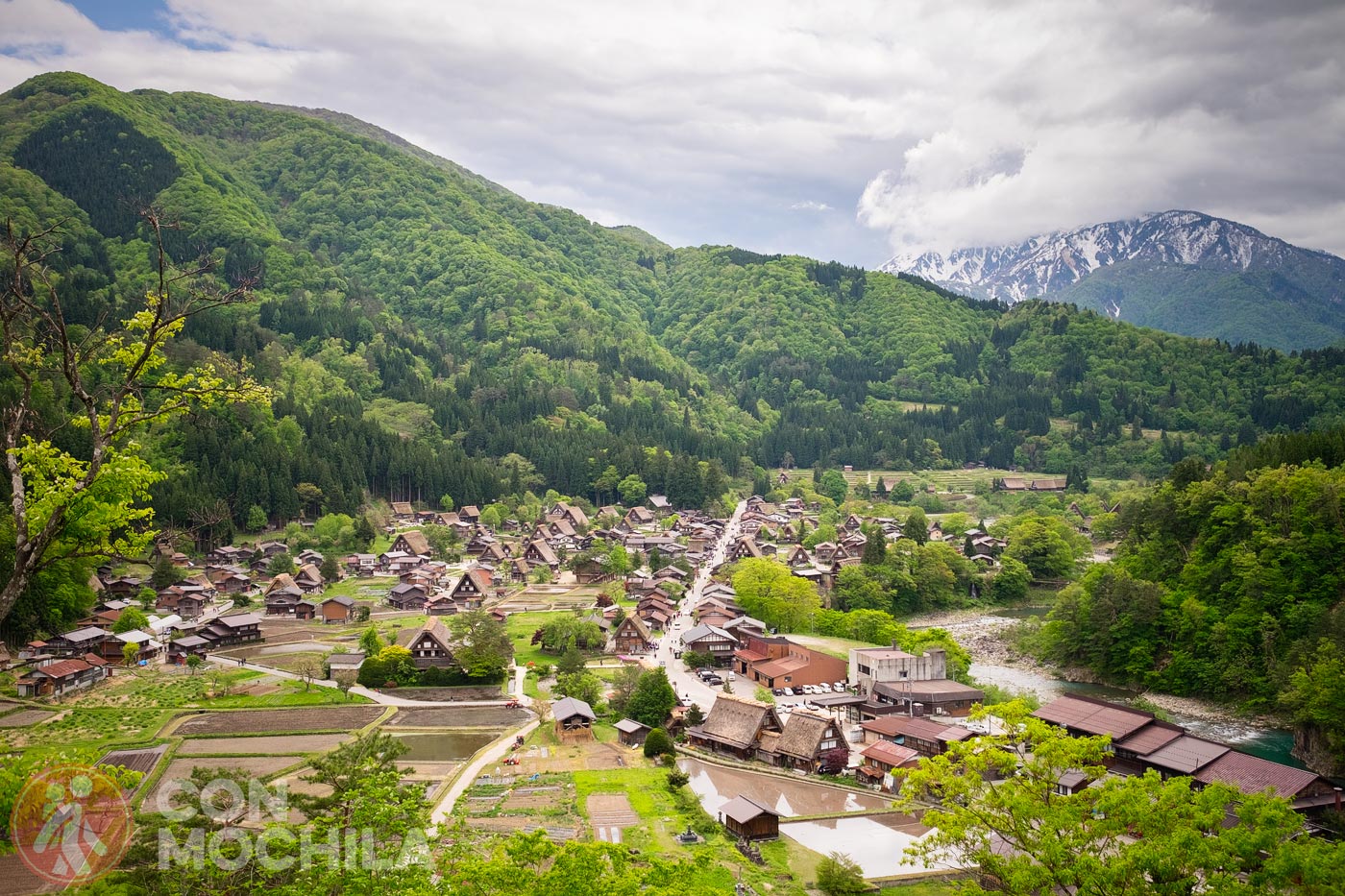
When we visited it was impossible not to feel like just another tourist visiting an amusement park. However, if you avoid the busiest dates and times or get early, you can visit it more calmly.
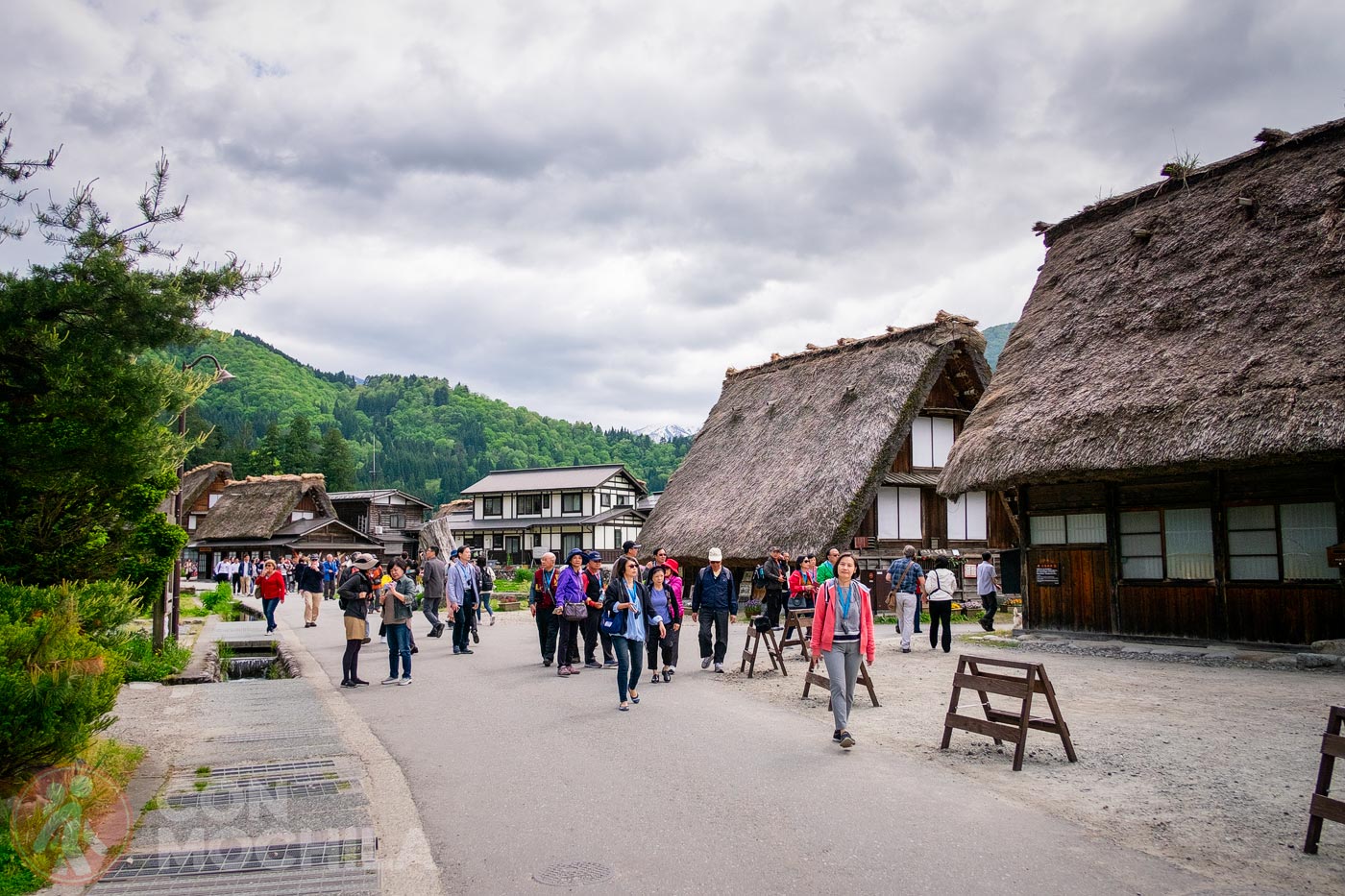
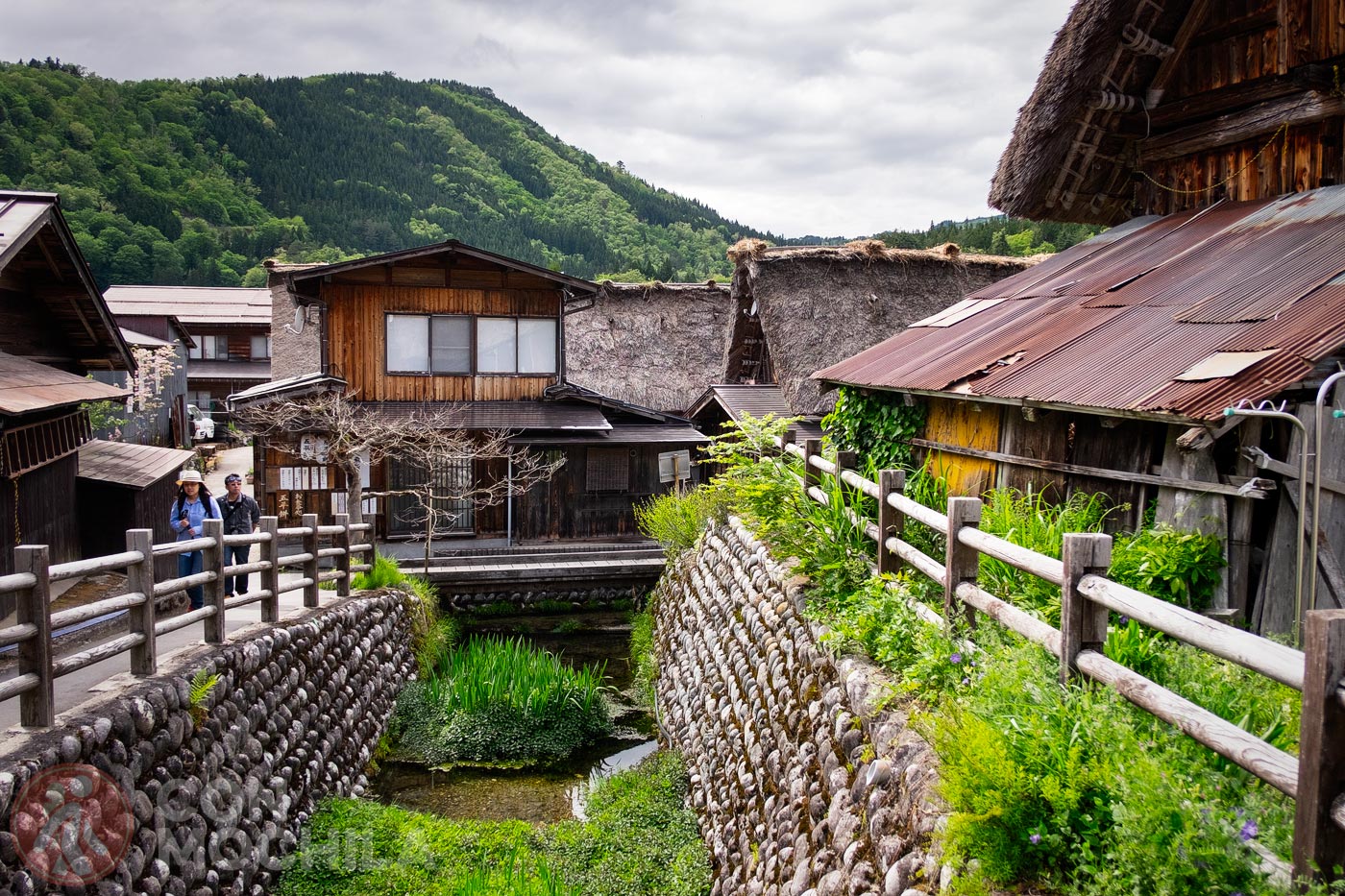
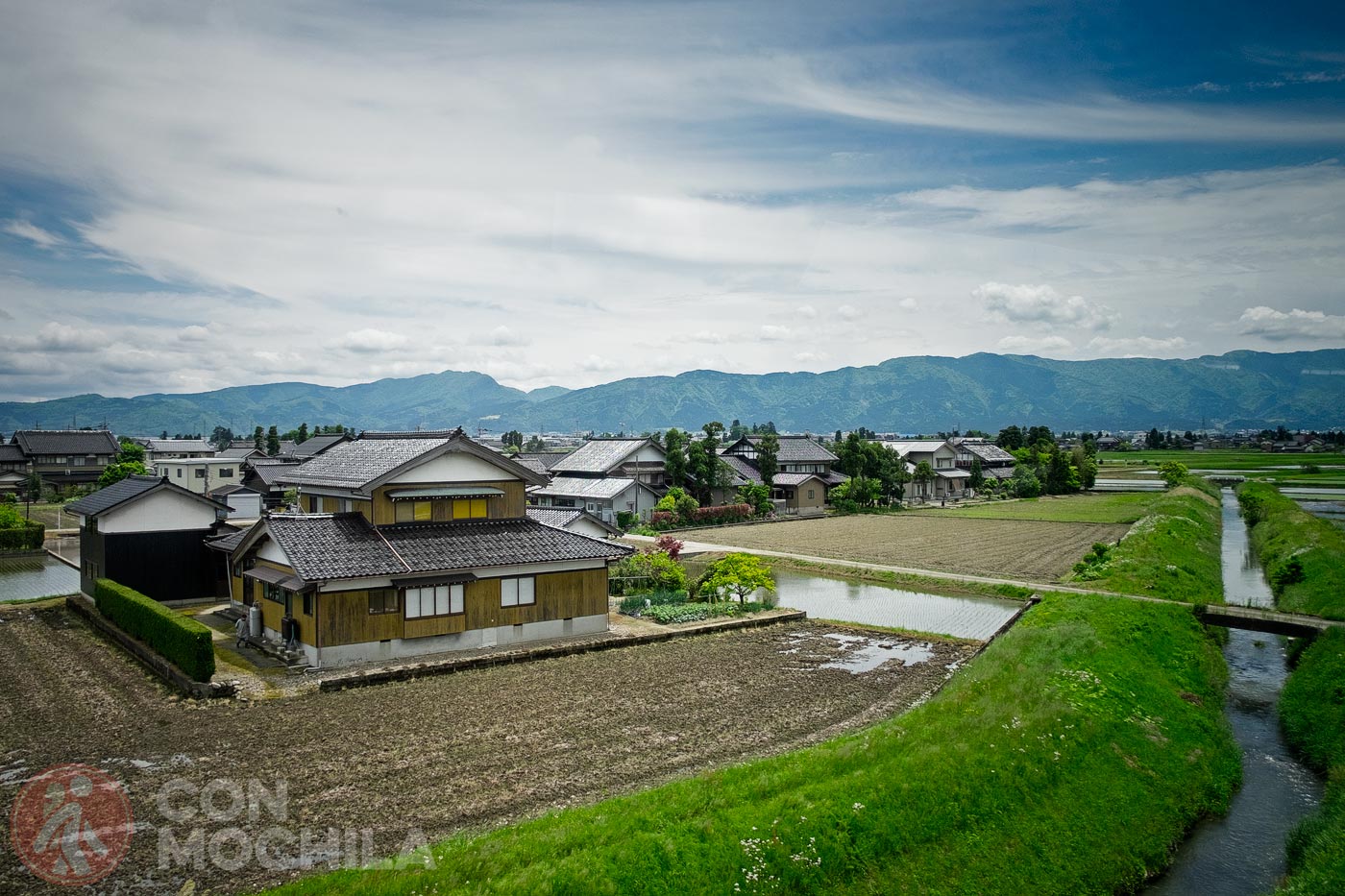
The main feature of Shirakawa-go is its gassho-zukuri style houses: large mansions with triangular, gabled, pointed roofs made of straw instead of tiles, in order to withstand the abundant snow of winter.
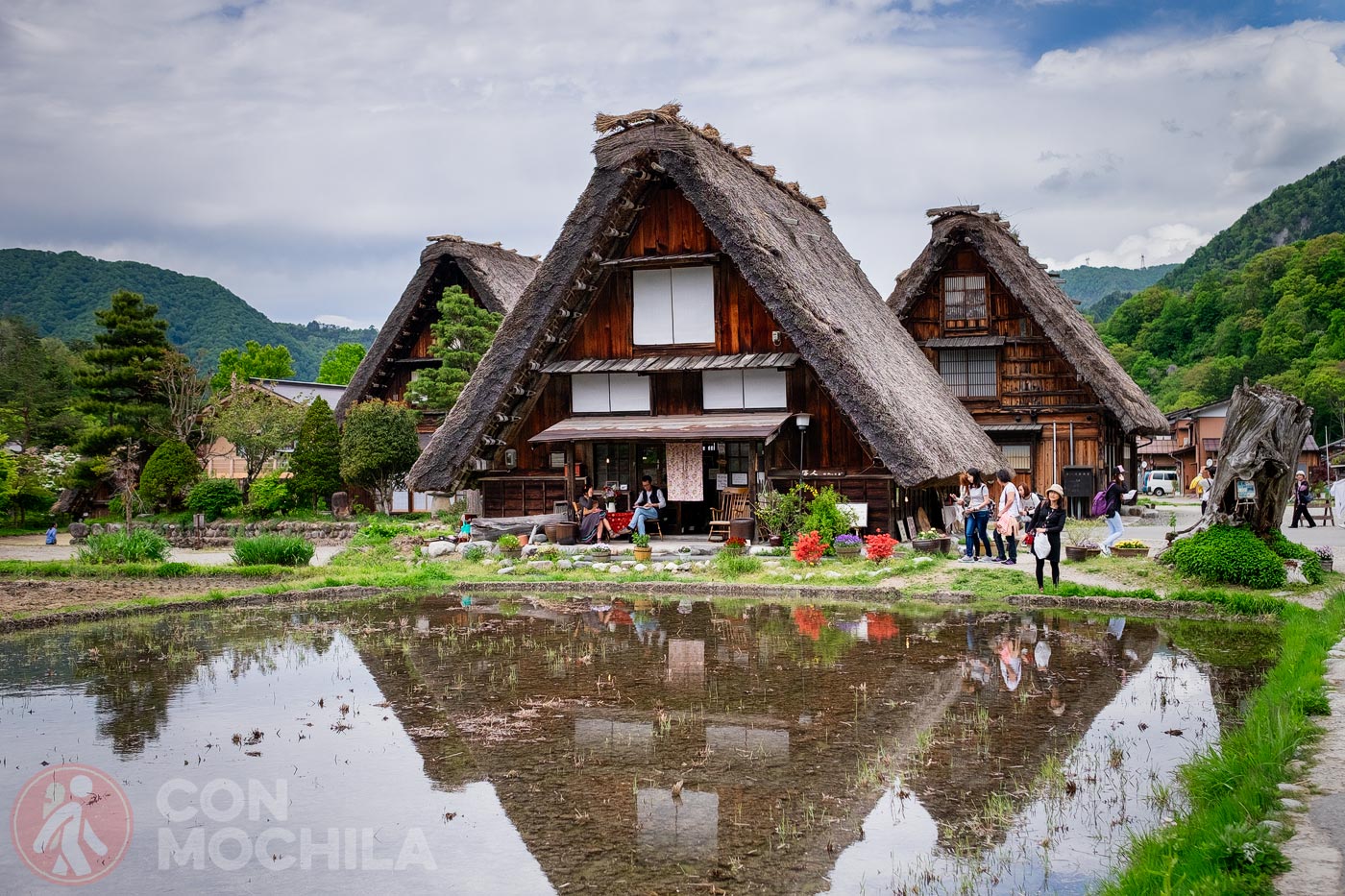
Its name means “in the shape of praying hands”, which is a clear reference to their characteristic rooves. They can have a floor area of approximately 180 m2 with multiple floors including the attic, where silkworms were traditionally raised.
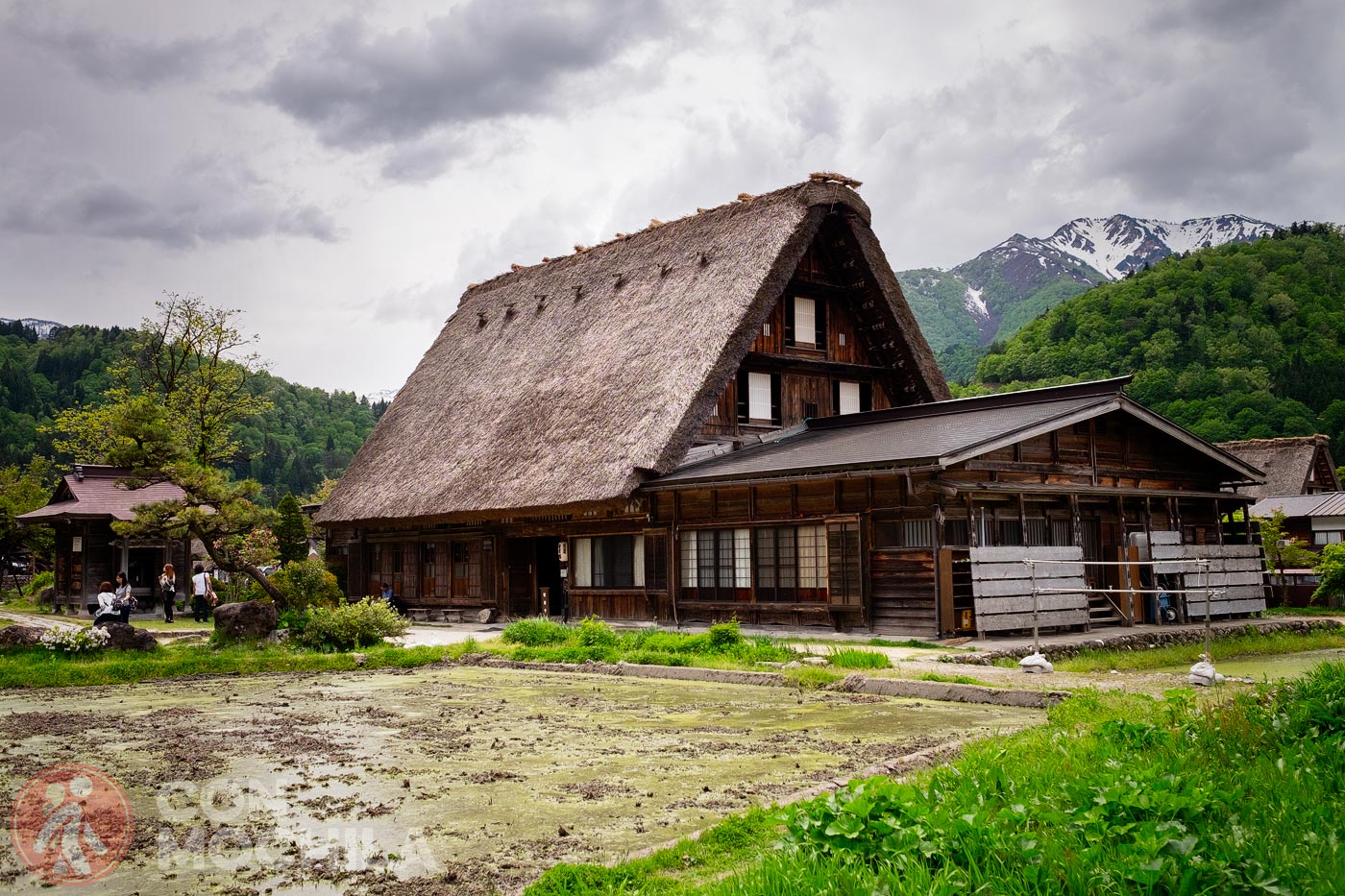
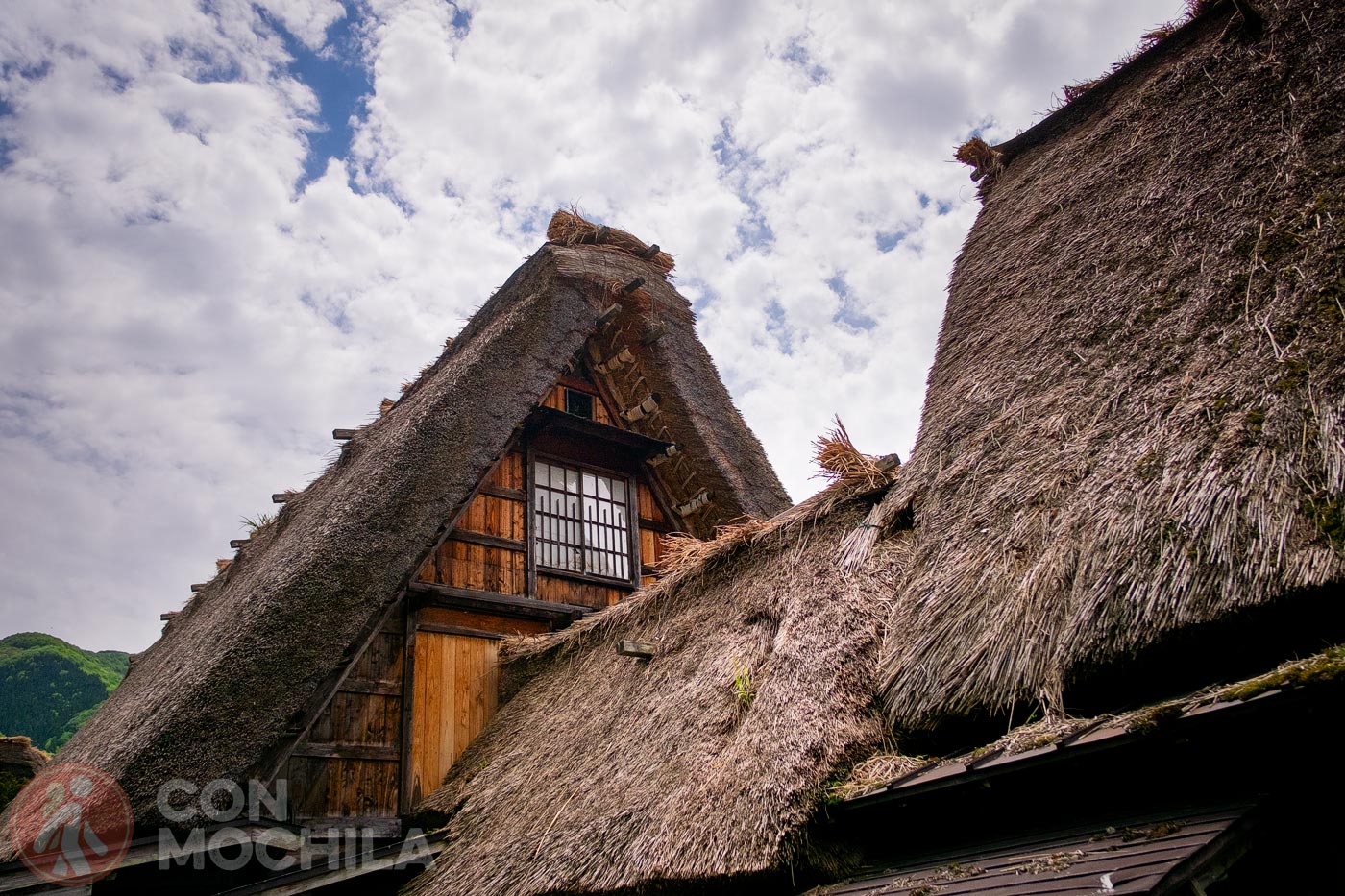
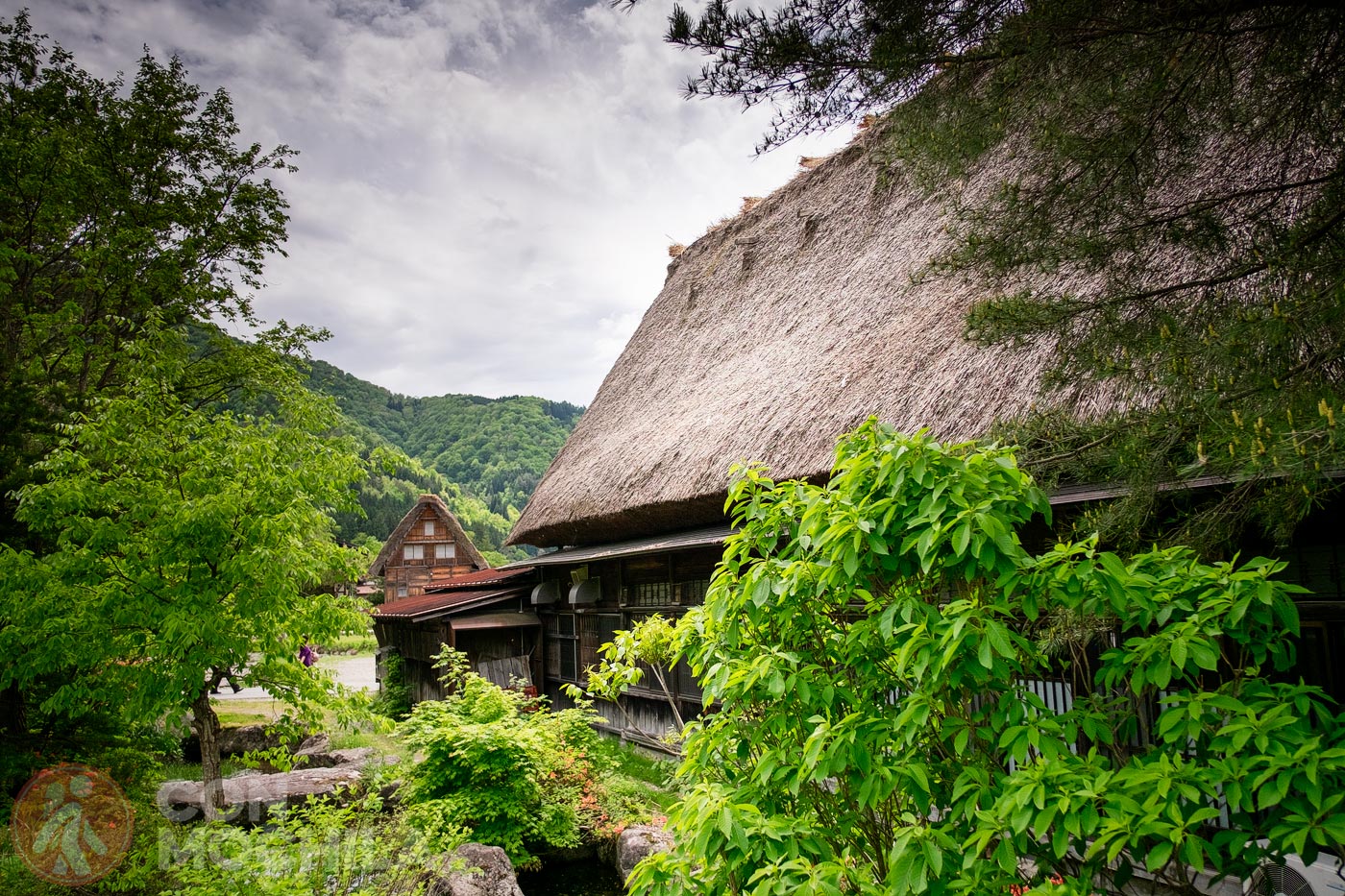
This is a historic village where some of the houses are over 250 years old. Many of them can be visited and some of them are actually house-museums.
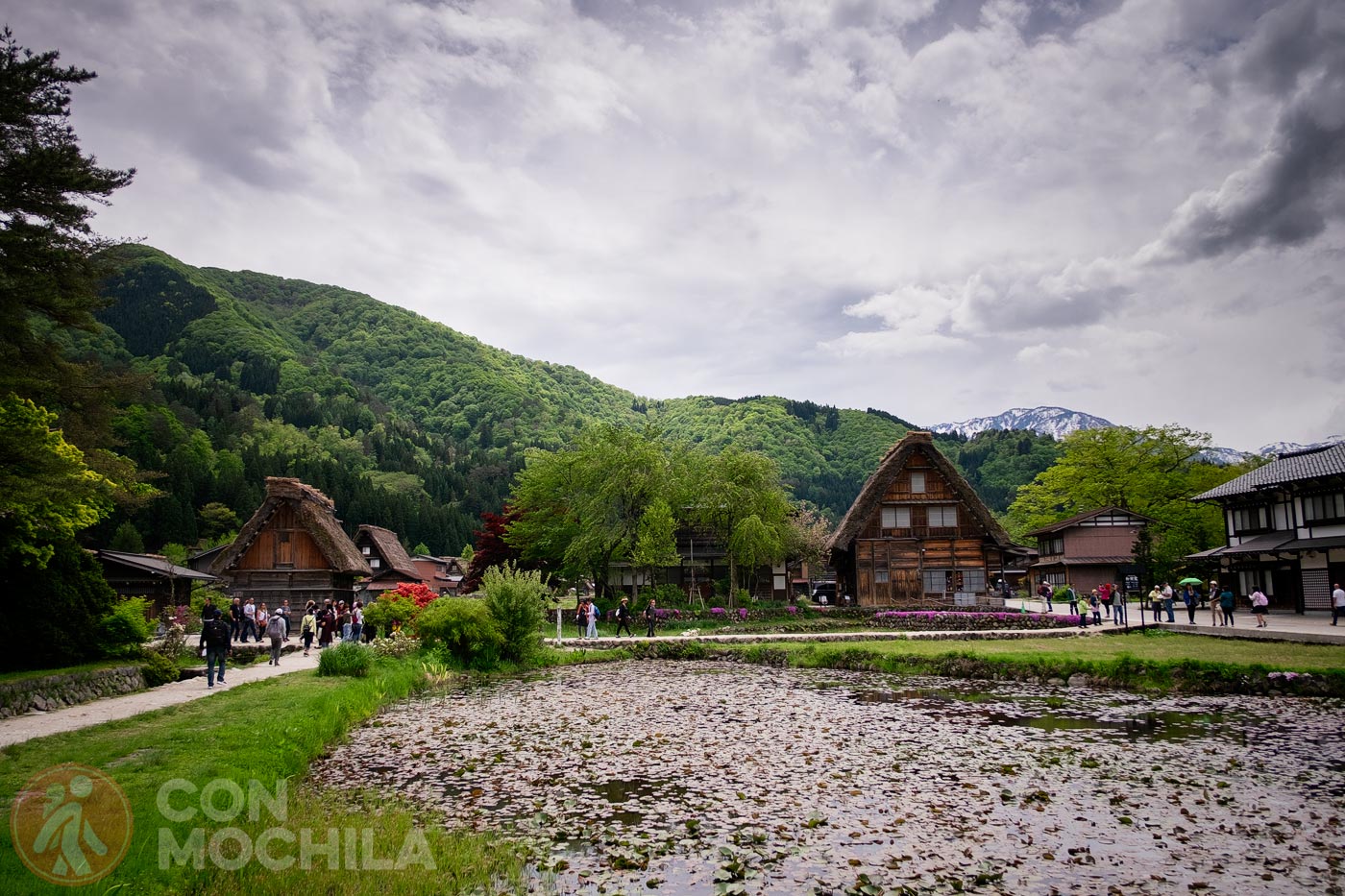
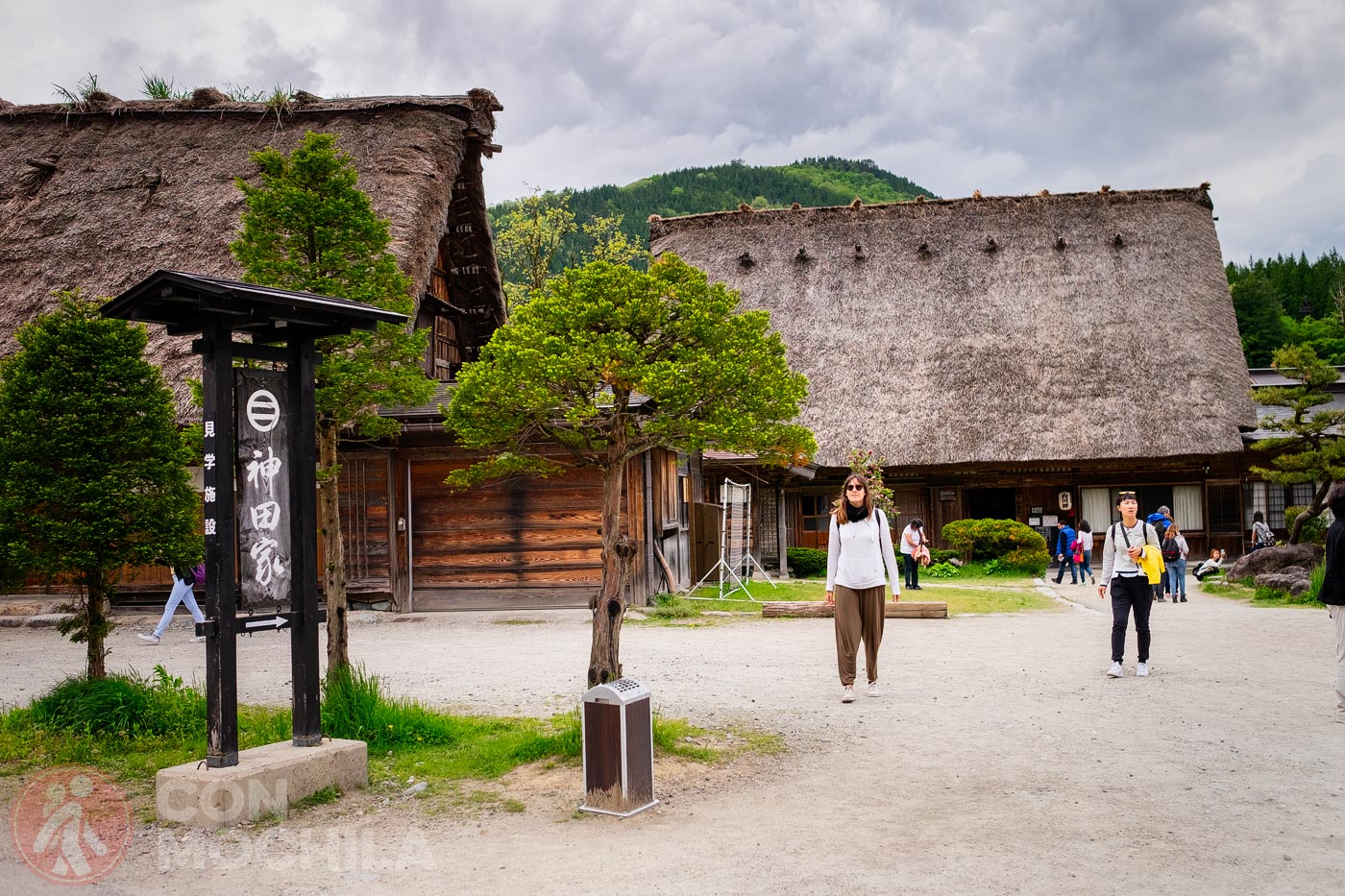
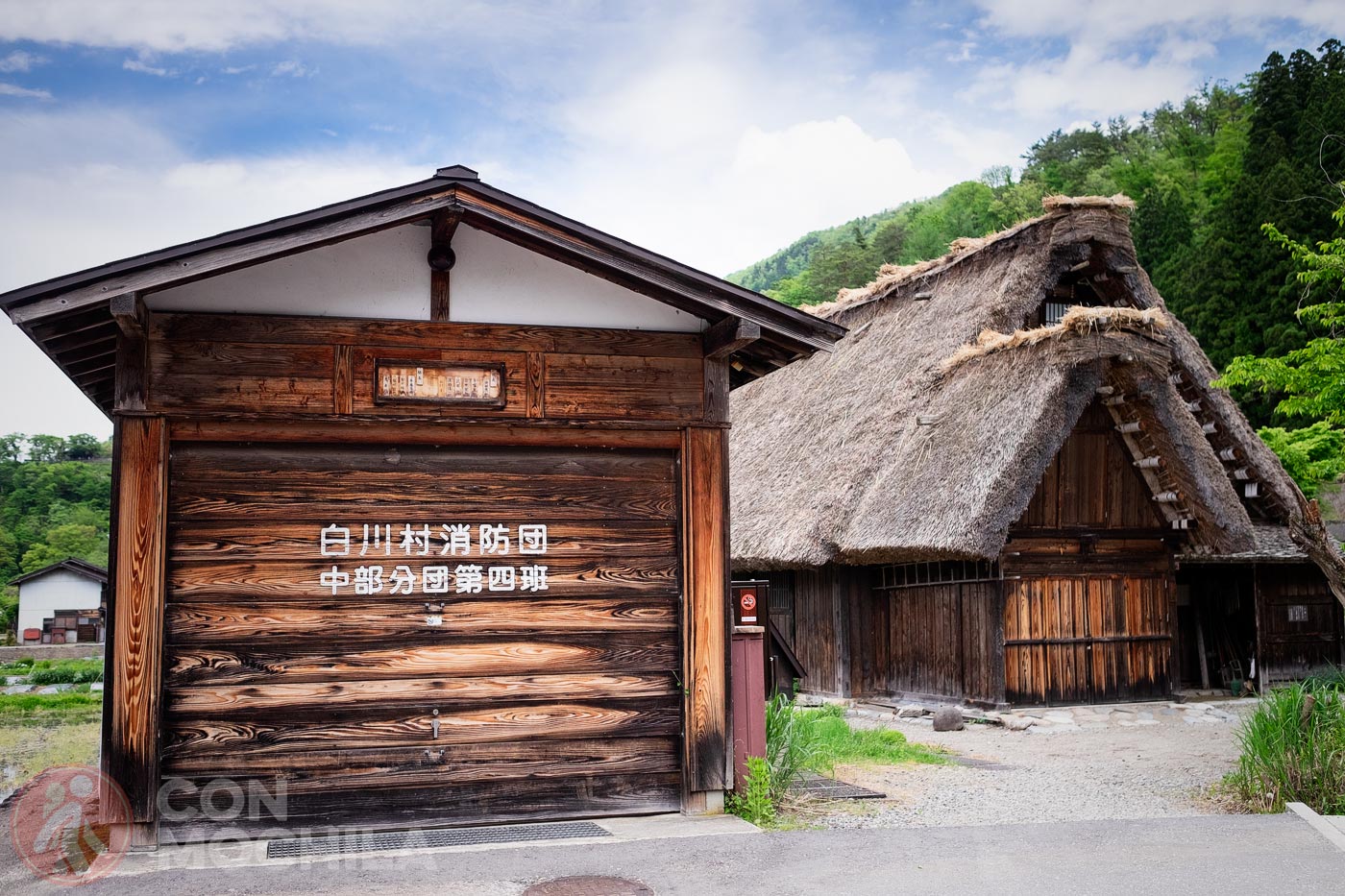
A good start is to go up to the Shiroyama viewing point, which you can reach on foot or by bus. There you will have a perfect panoramic view of the places you want to see later on, just like having a 3D map…
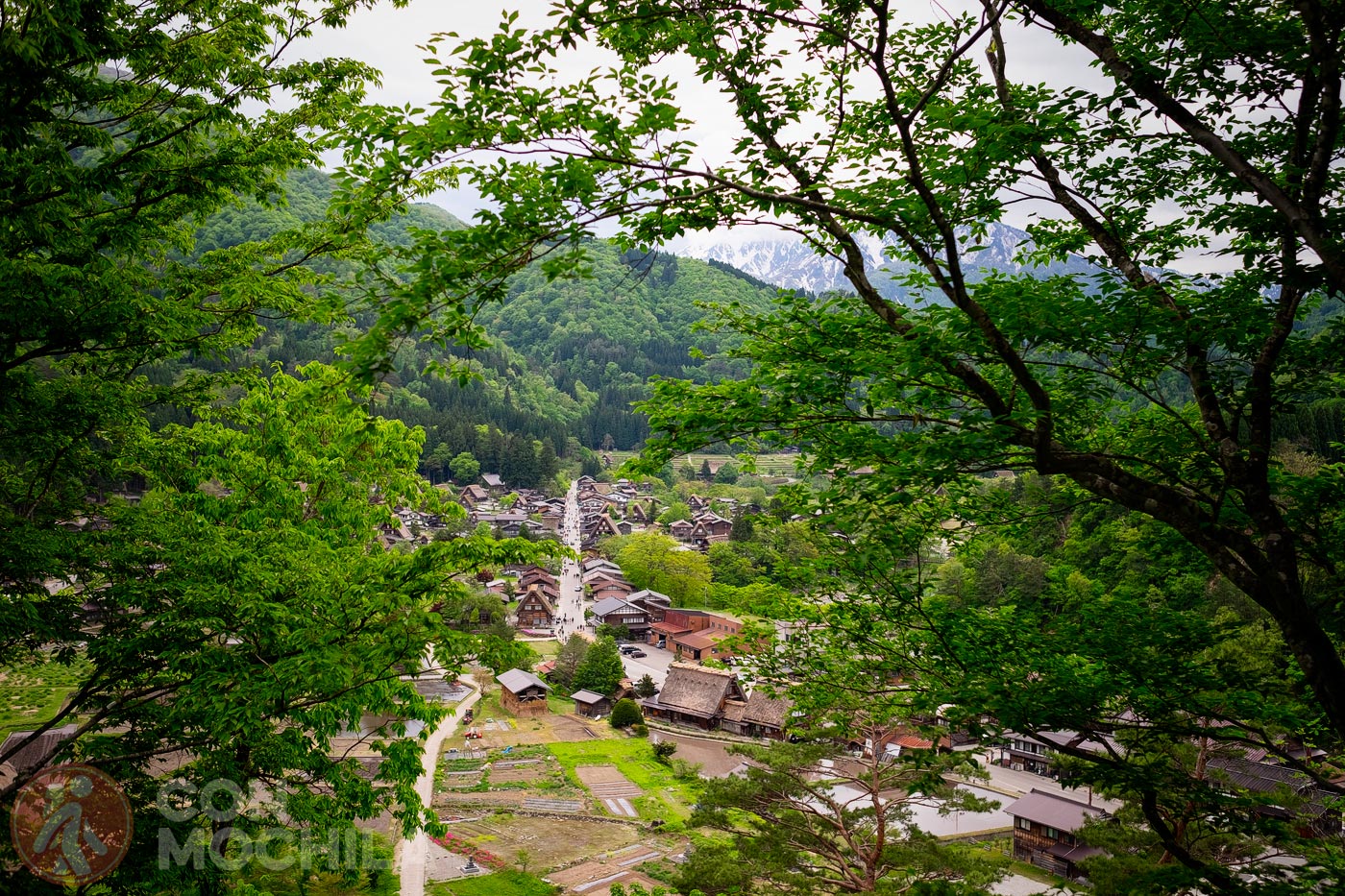
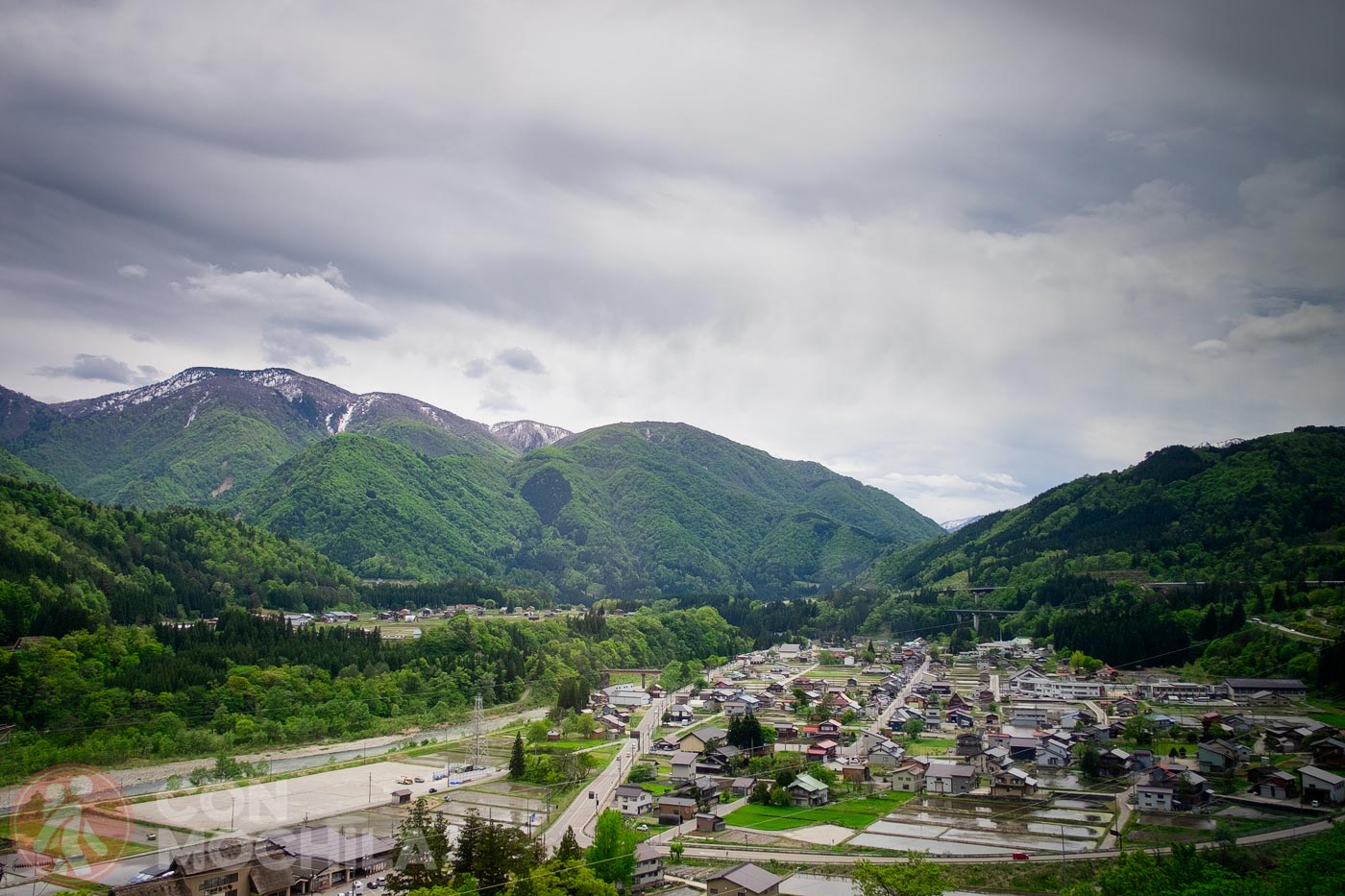
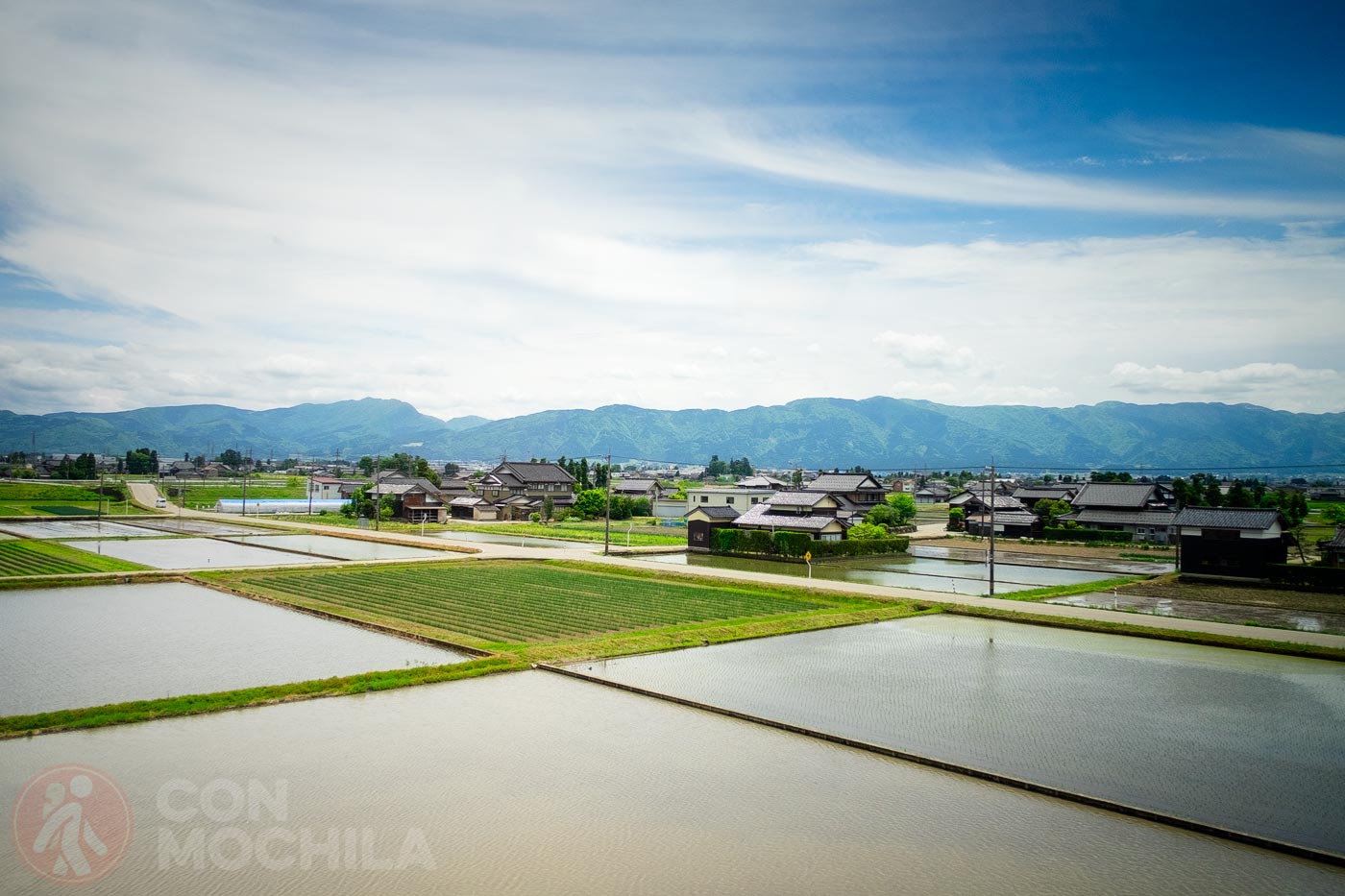
Then, there are two options: pay or not to pay, that’s the dilemma. Almost everything you can visit requires an entrance fee, although as a cheaper option you can always simply walk around the streets and observe the architecture of the houses.
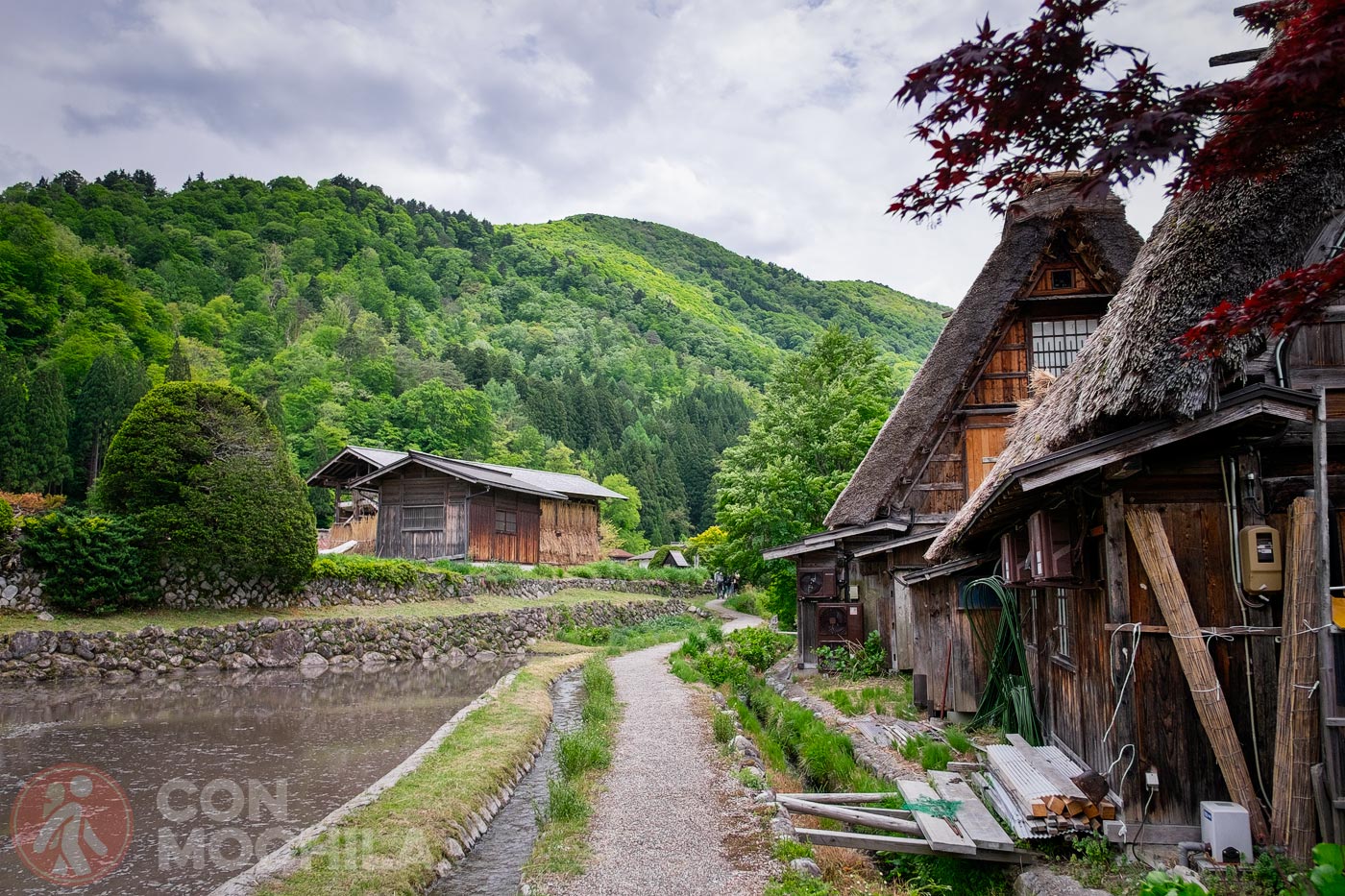
If you choose the first option, don’t miss the Shirakawa Hachimangu Shrine and the Gassho-zukuri Minkaen open-air museum, which consists of several gassho-zukuri-style houses that you can also enter. Inside you’ll see representations of local culture and crafts.
Continuing with the traditional houses, the most visited are La Wada-ke or house of the Wada family, the Kanda-ke and the Nagase-ke, which was the doctor’s house.
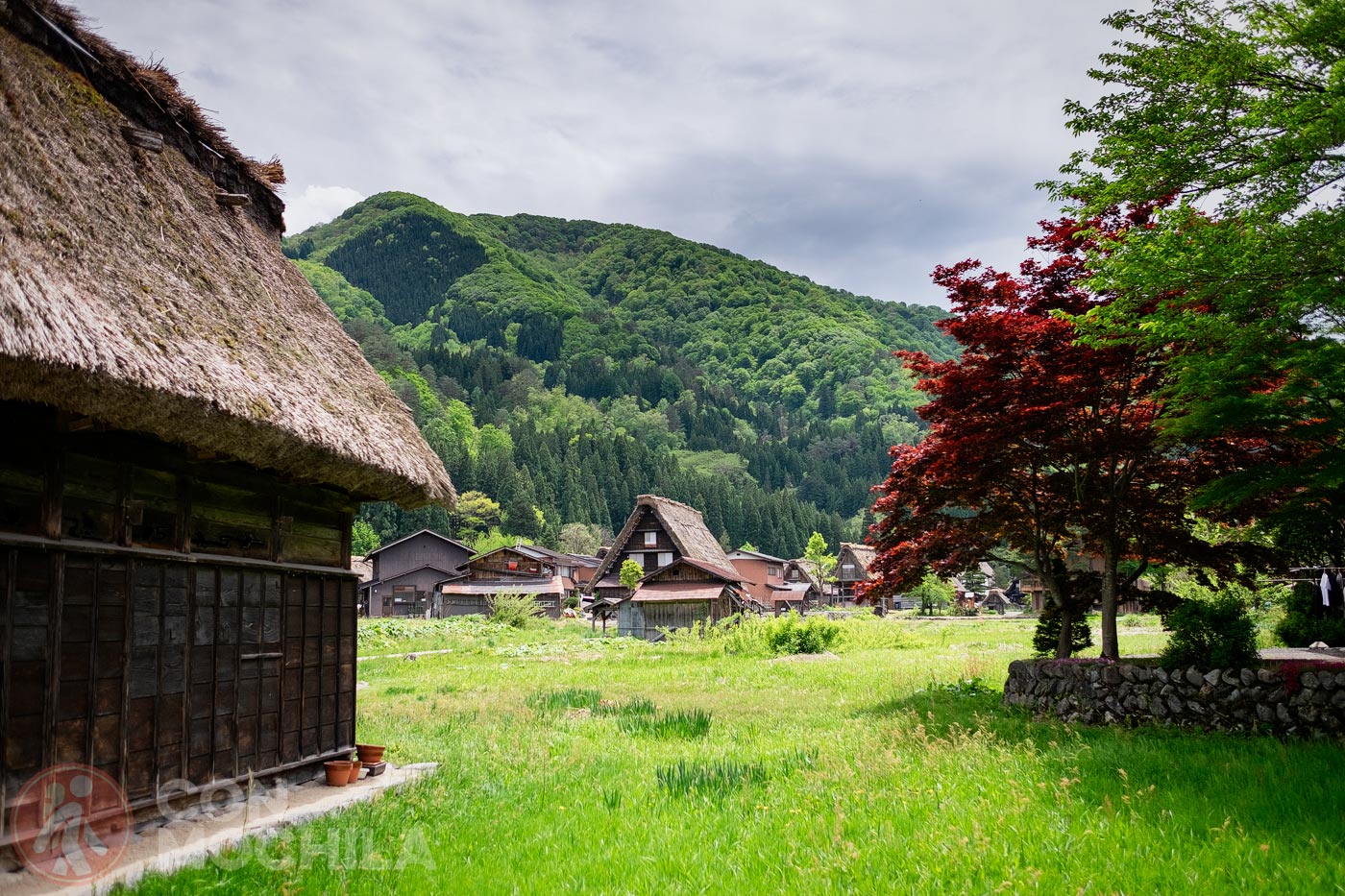
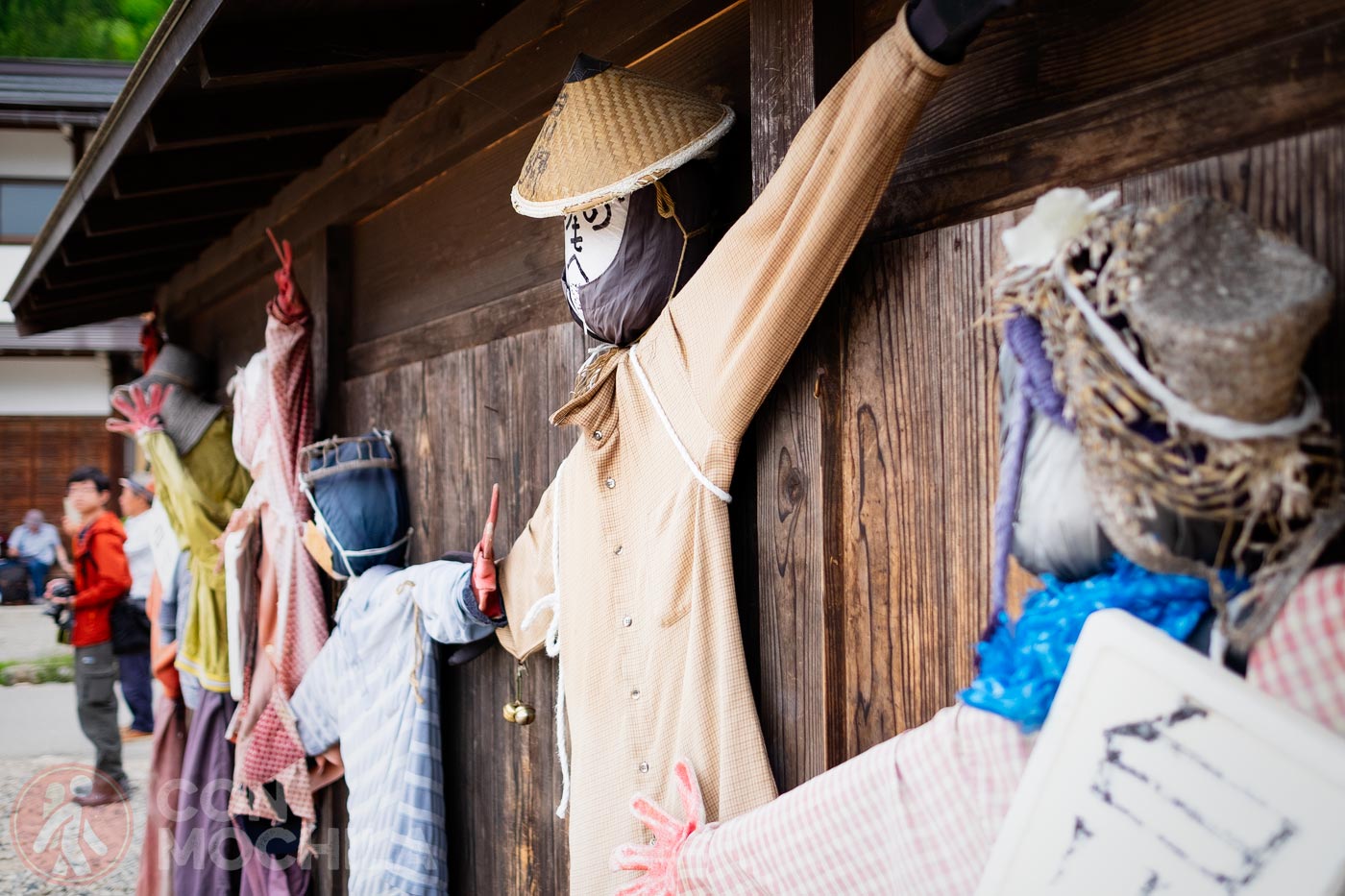
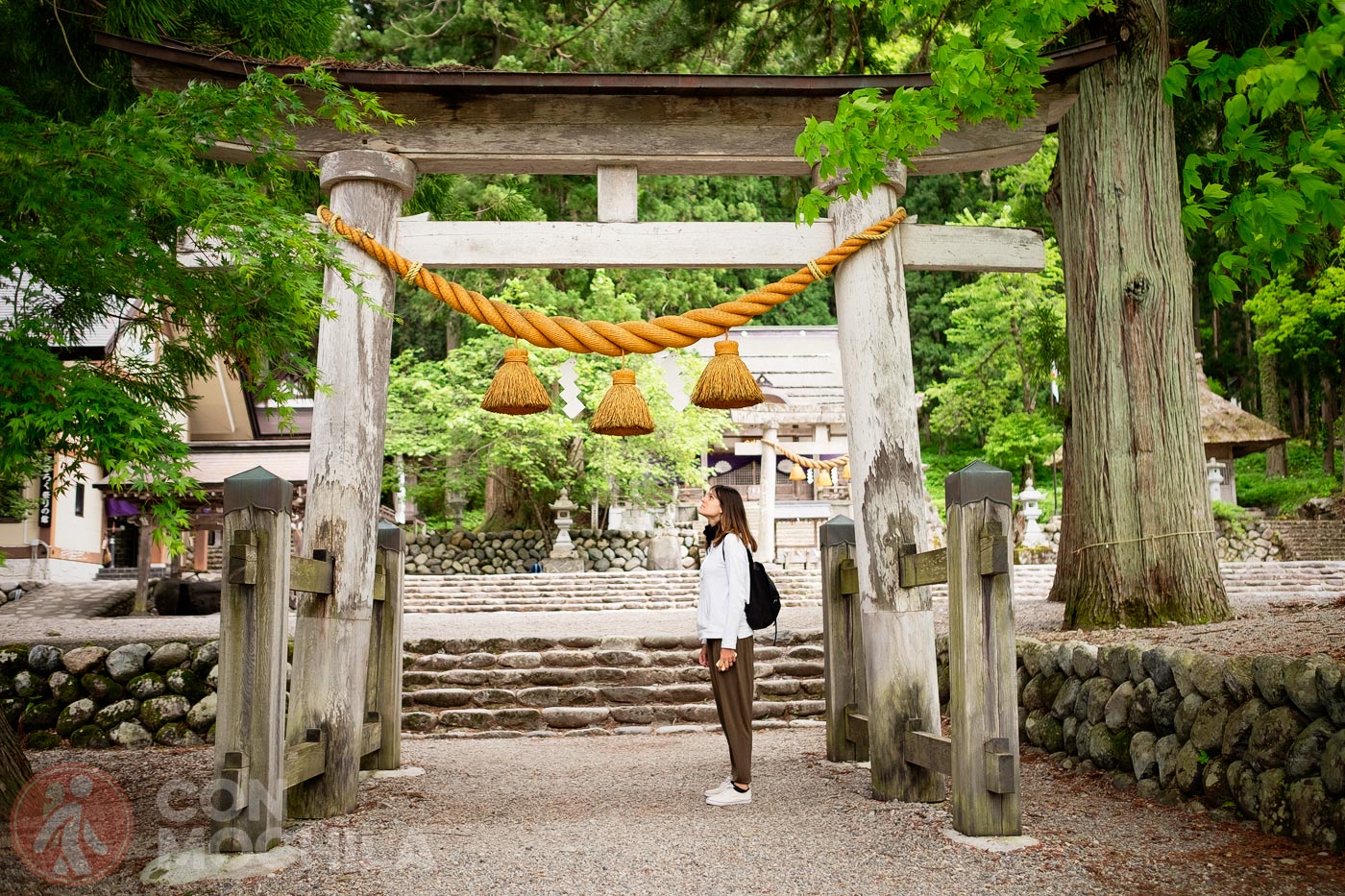
Many of the traditional houses are either minshuku (homestays) or ryokan, traditional Japanese inns. They usually offer accommodation as well as dinner and breakfast.
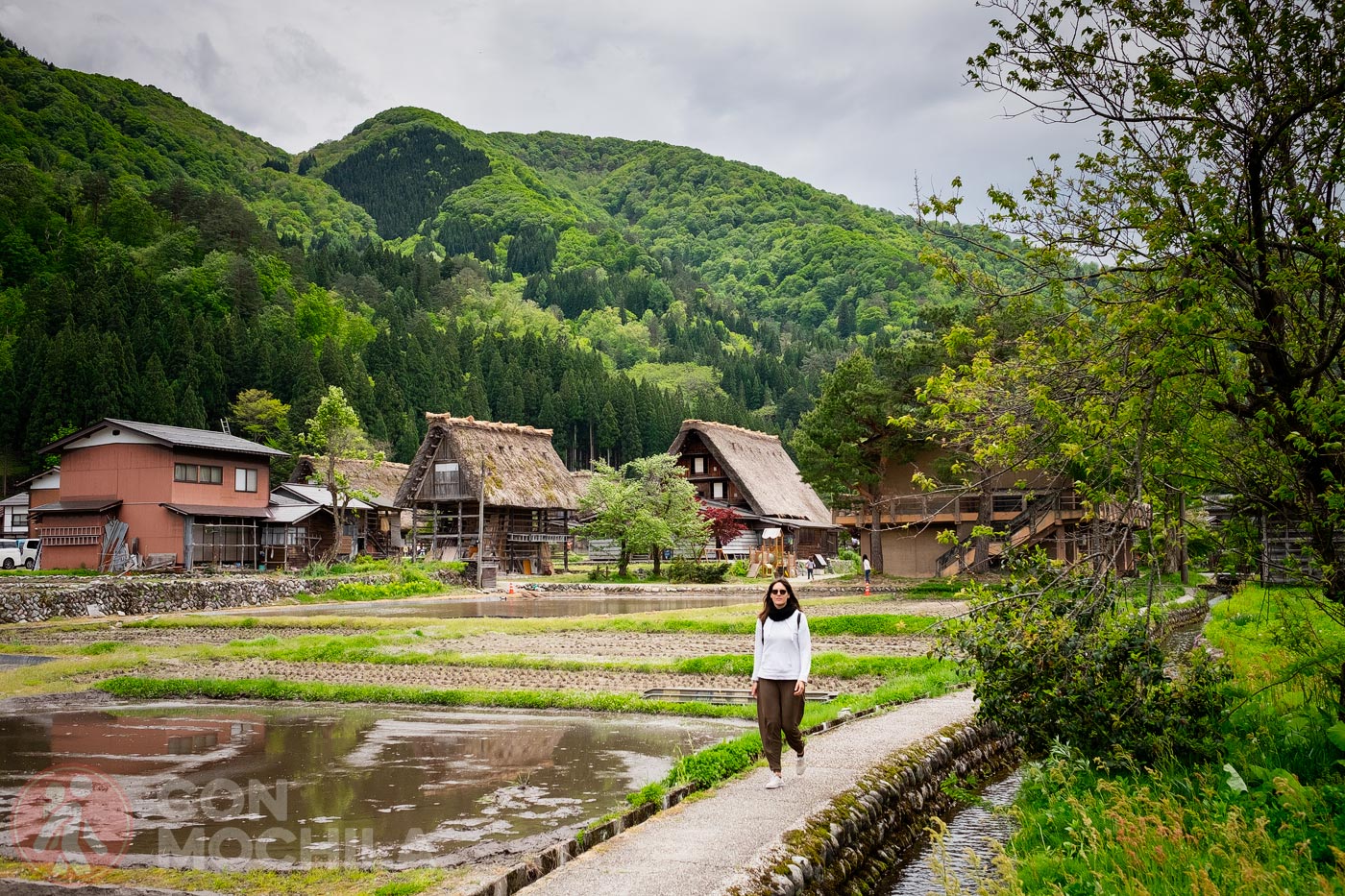
They are not cheap but they include dinner, so it might be worth it to see the town at night with fewer people. Allow about 9,000 yen per person. As I said before, it is not cheap.
There is also a hotel with hot springs that includes various packages, the Shirakawago no Yu, in case you want to treat yourself to luxury… Here is a link in case you want to look a little more at the guesthouses on offer.
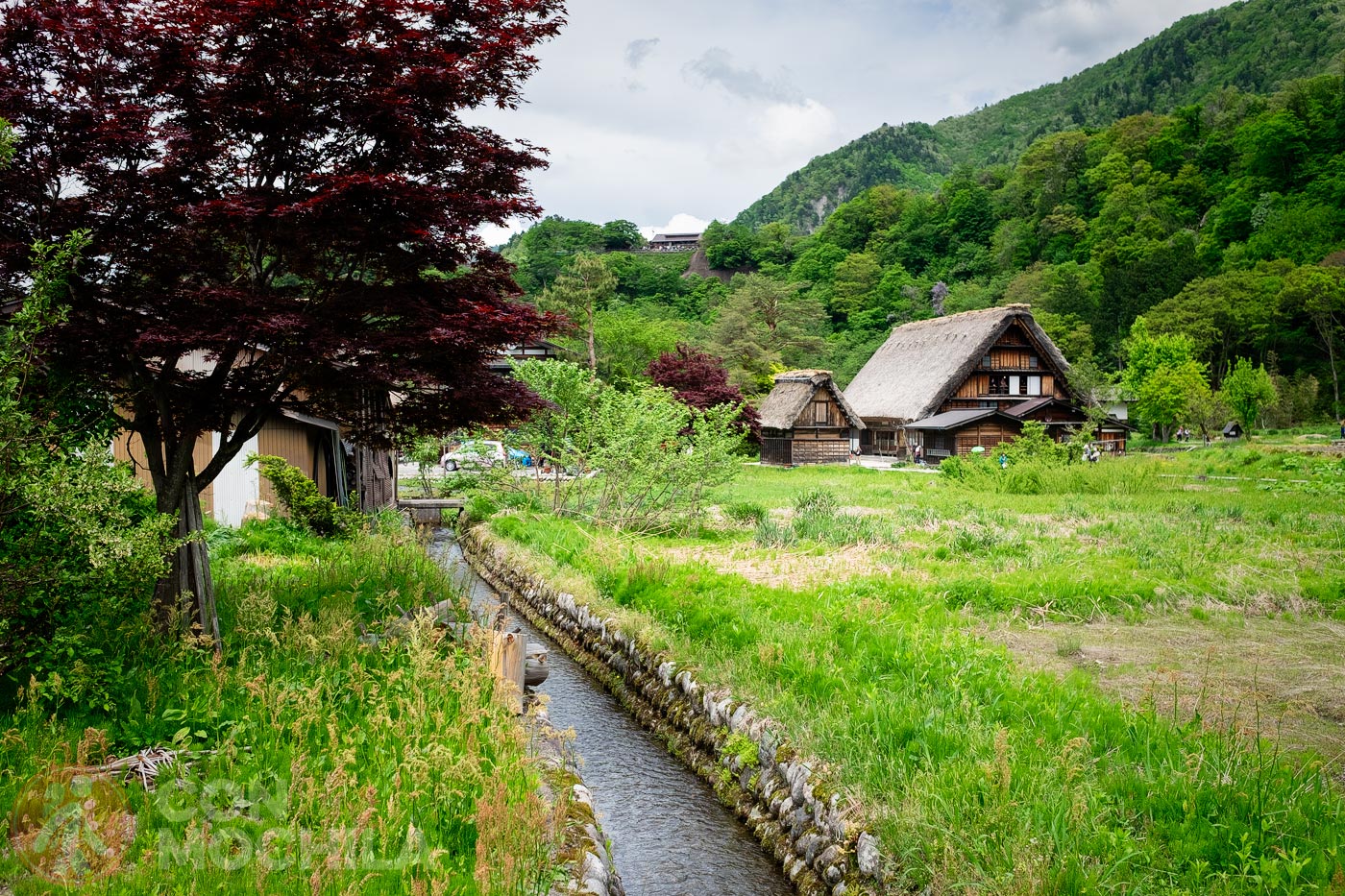
Even if you have the Japan Rail Pass, it is worth taking the bus for this visit. It offers a regular service with multiple schedules, providing a connection to Kanazawa or Takayama in approximately one hour. The Nohi Bus company makes this route. On their website you can find prices, schedules, and some offers including accommodation in Shirakawa-go.
You also have a couple of excursions that depart from two different cities:
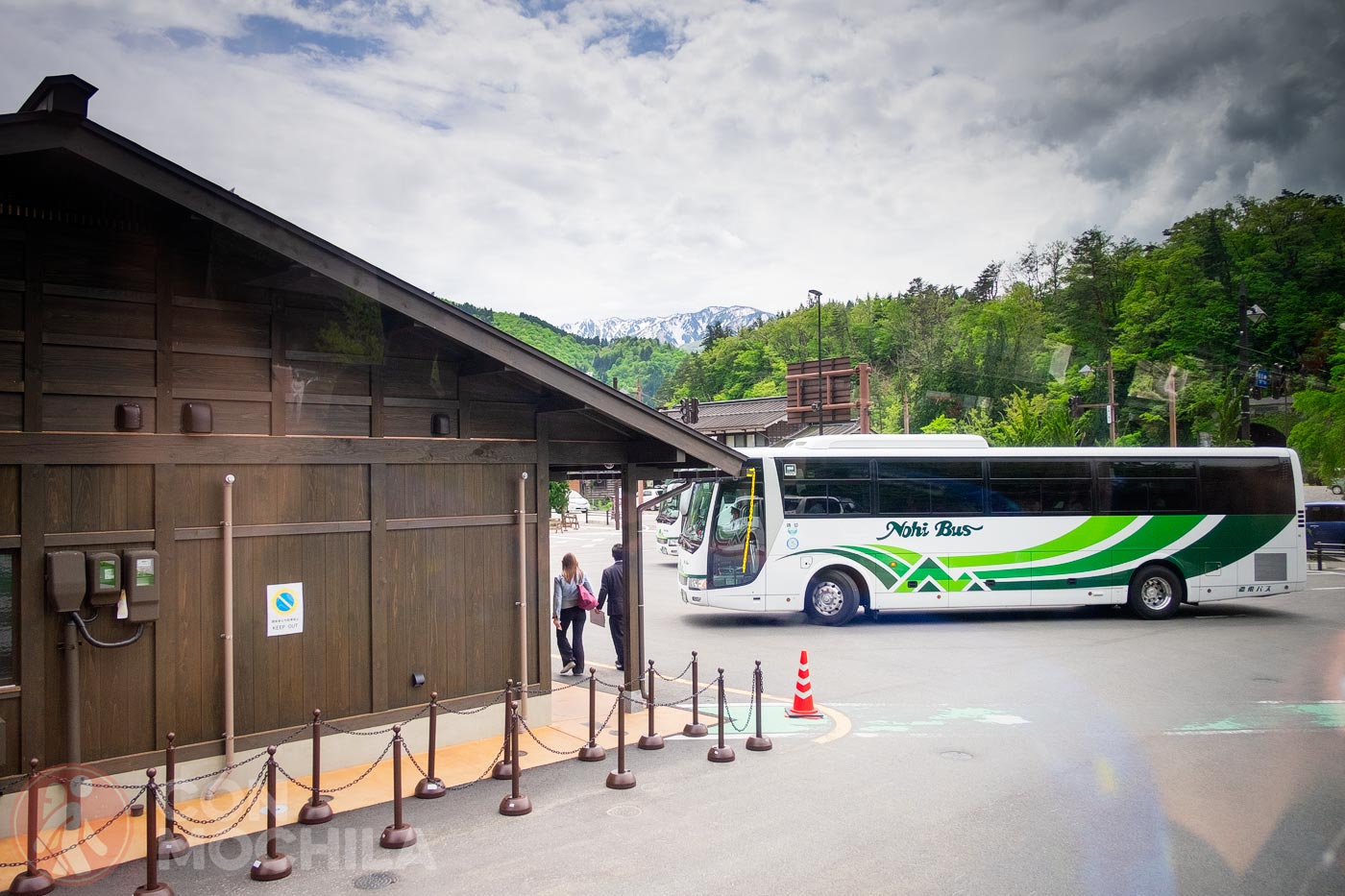
Although we may have scared you a little with the overcrowding- evident from the moment you arrive and see the large parking lot at the town’s entrance- it’s always possible to steer clear of the busiest times.
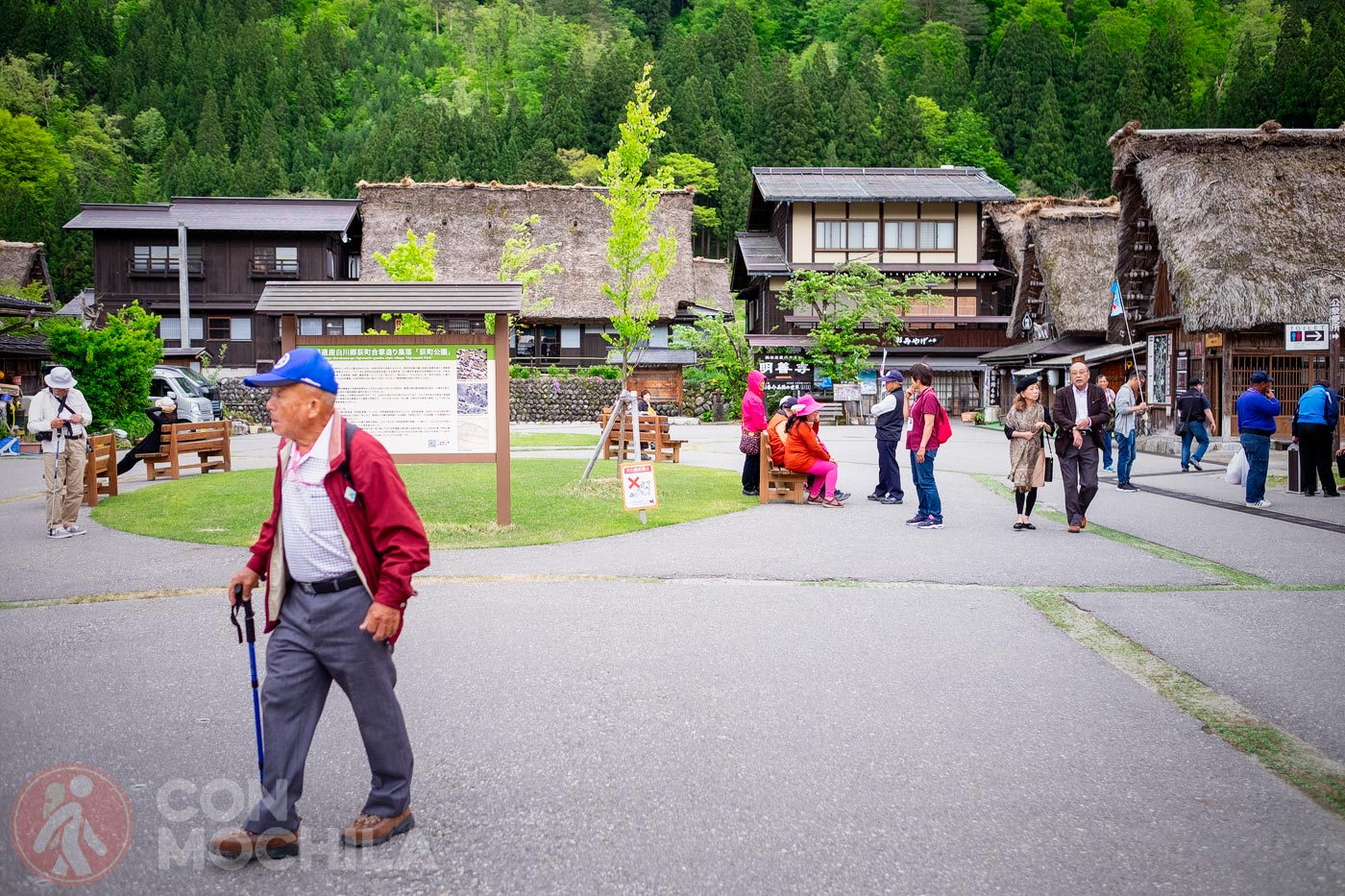
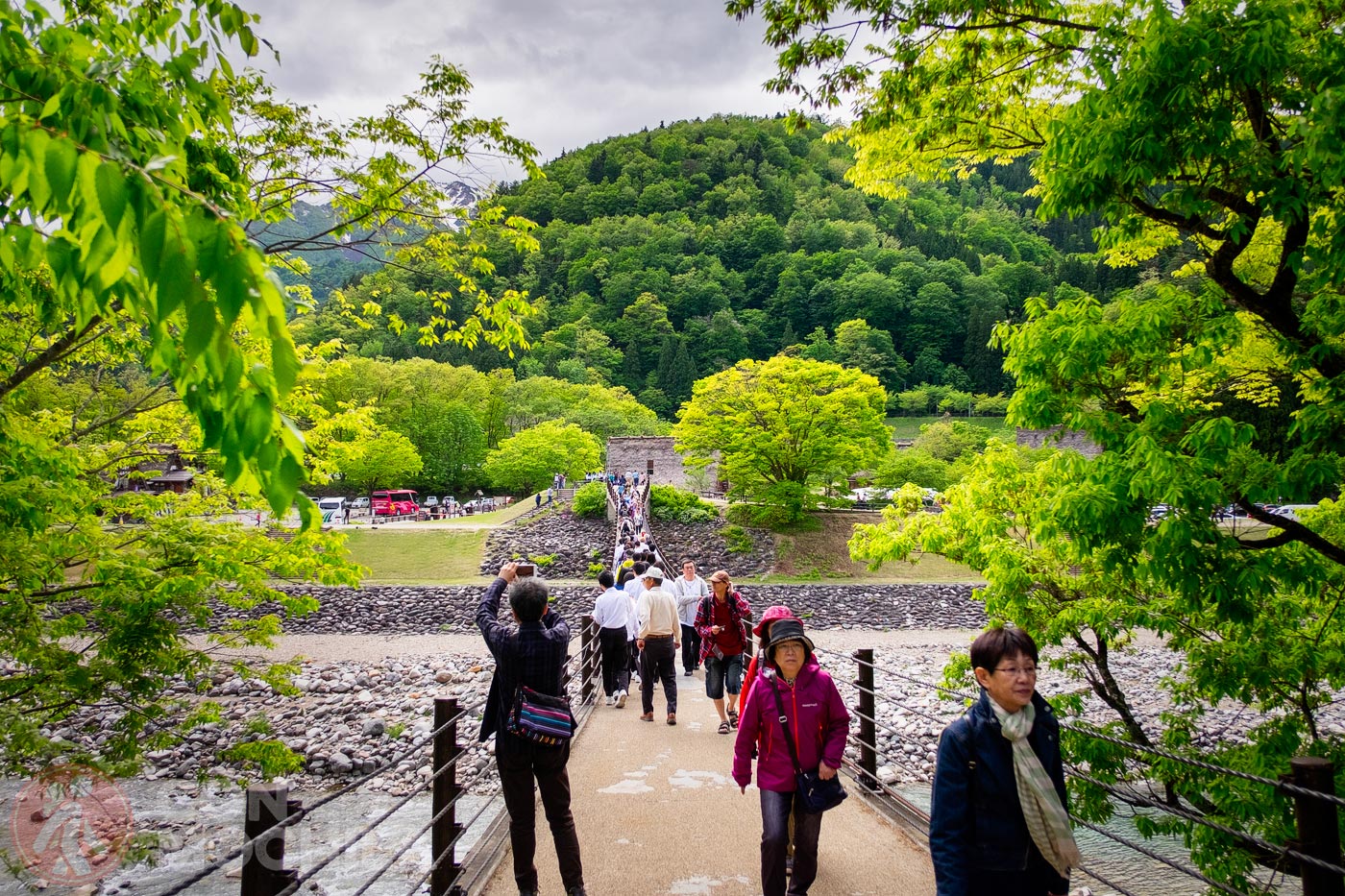
Any time of year is a good time to visit this place, be it spring with the cherry blossoms, winter with the snow, or autumn with the colors of the deciduous leaves of the forest. However, we highly recommend going during the week and if possible outside of typical summer dates.
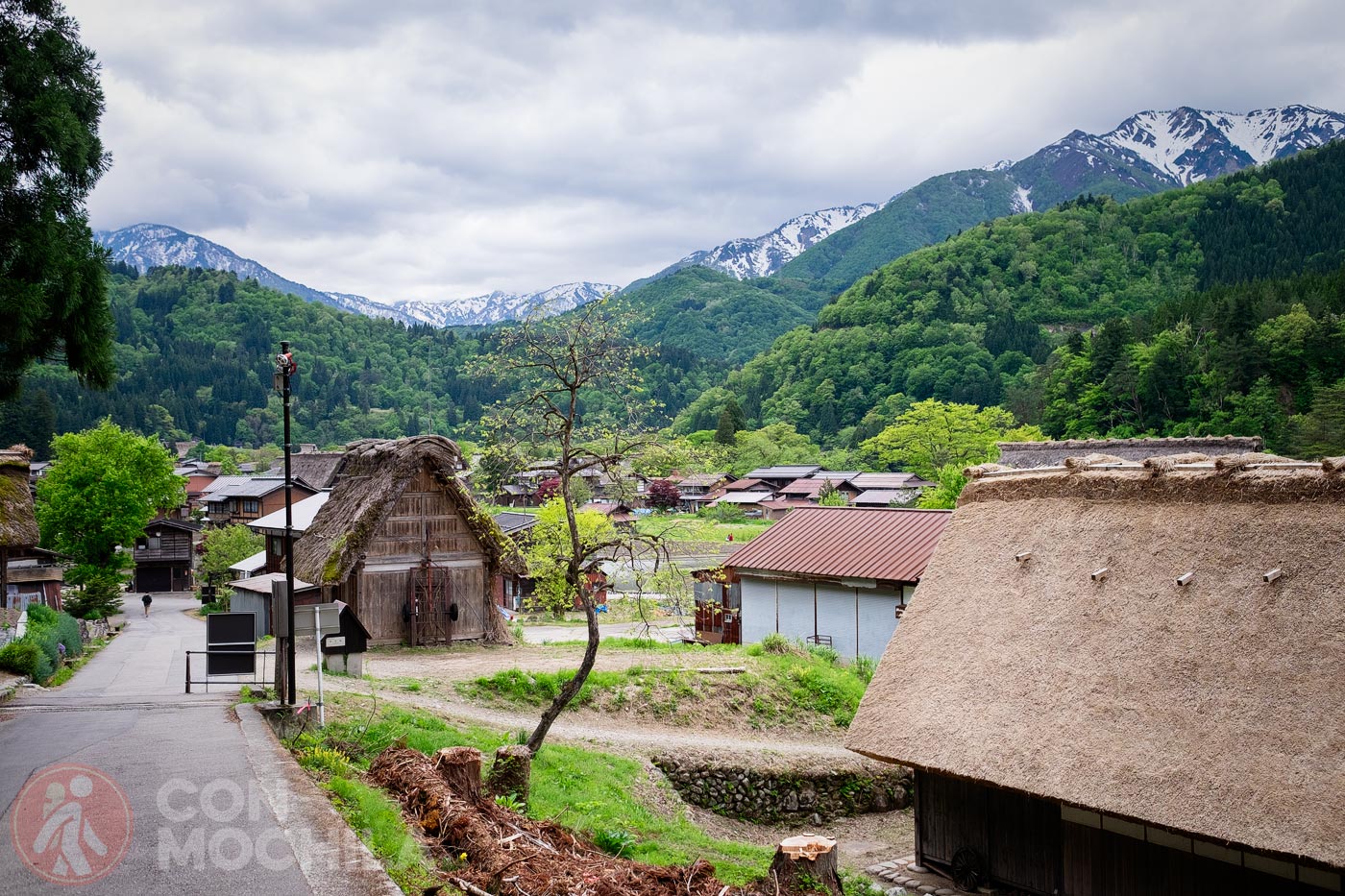
So choose the date well and go and enjoy the most beautiful villages in the Japanese Alps.
